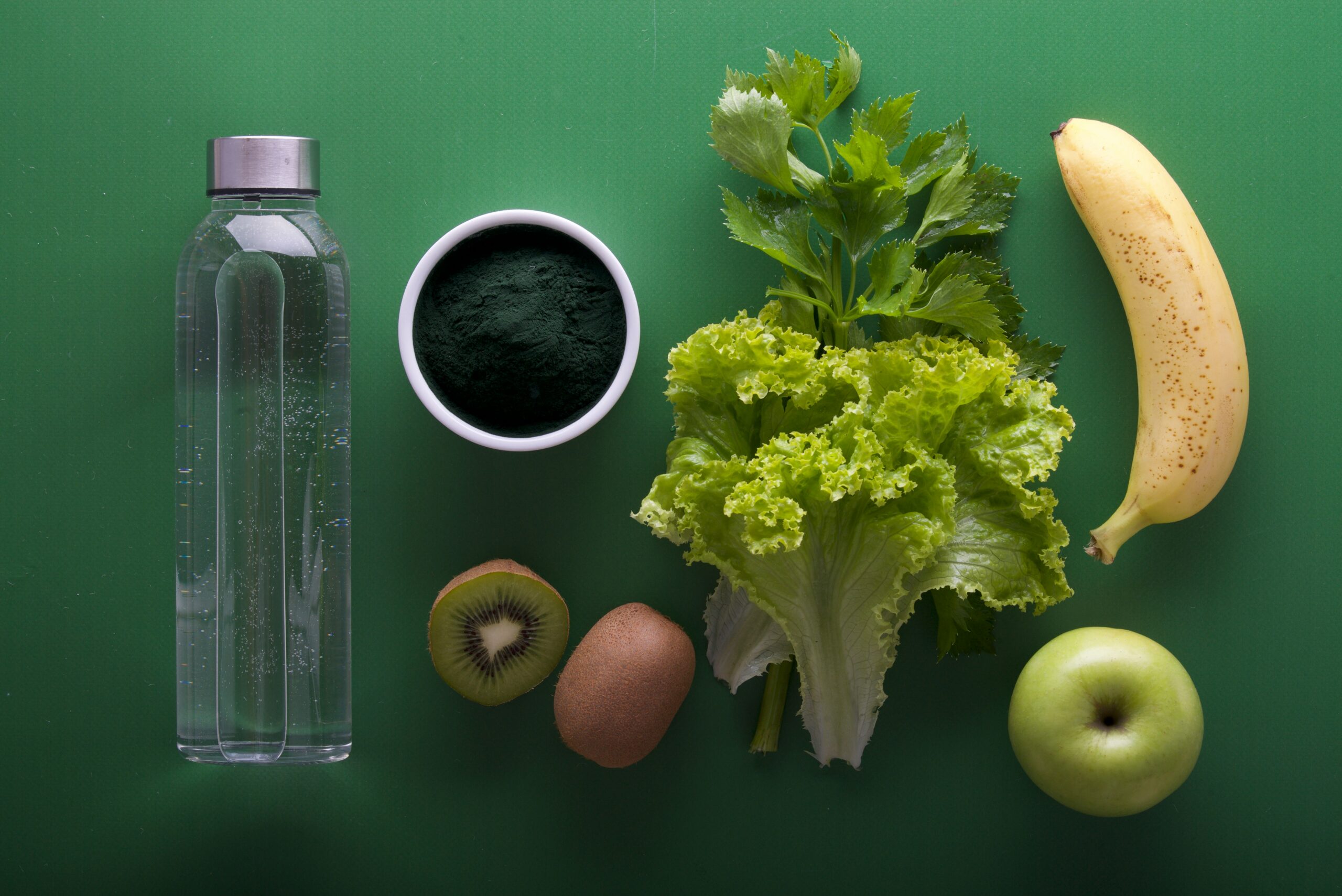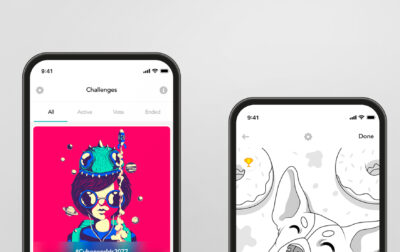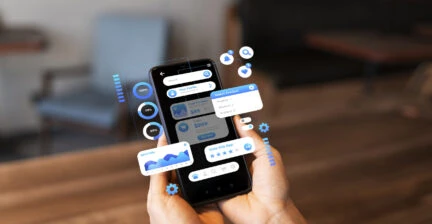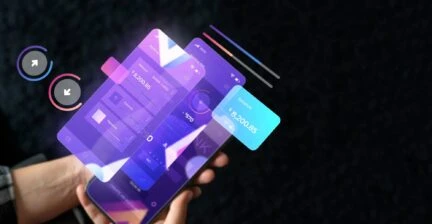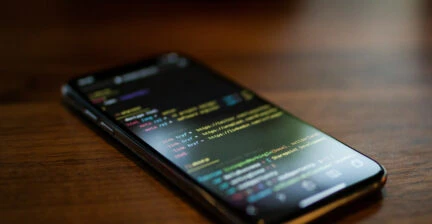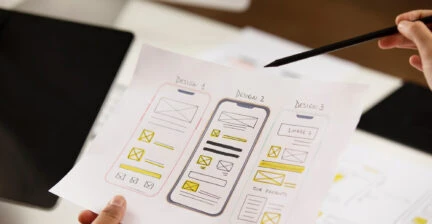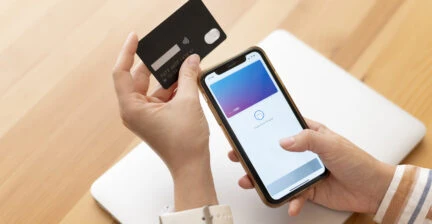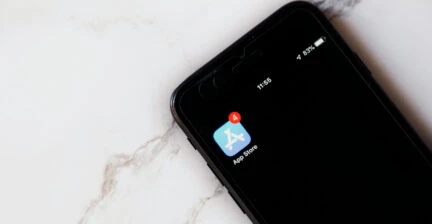HOW TO BUILD A MOBILE WELLNESS APP THAT WILL CONQUER THE MARKET
Intro
In 2024, the worldwide wellness apps market was estimated at $11.27 billion, and this number is expected to grow at a CAGR of 14.9% in the period from 2025 to 2030. If you want to leverage this opportunity, our guide is for you. Read on to learn the most searched features, key techs, and development practices for your future solution.
WELLNESS APPS TYPES
To dominate the wellness app market, your app idea should be exceptional. Namely, you should elaborate on some killer features and functionality that would bring brand new value to the niche. We’ll help you with the technical implementation, so that your future solution could exceed user expectations.
Here’s the list of wellness app types describing must-have features and nice-to-have ones. Delve into this information to come up with your unique offer for the market.
1.
FITNESS APPS
These are mobile applications built to track, manage, and enhance personal health through tailored workouts. If you choose to develop this app type, remember to include the following key features:
- Activity monitoring functionality is important to accurately track in real time aspects like steps, workout intensity, calories, heart rate, sleep patterns, and stress levels — to provide users with detailed performance reports.
- Personalization around workout plans is needed to help users reach their particular fitness goals: weight loss, muscle gain, endurance improvement, strength goals, consistent daily activities, flexibility, etc. Here, you can take up a notch with video or audio-guided workouts with detailed instructions and great motivation.
You can also engage users with social features such as friends connection through messaging and avatars, challenges and competitions, leaderboards, achievement sharing, and group workouts. Also, provide educational resources, including articles, videos, and recommendations on wellness.
Skipping meticulous testing before launch risks costly post-launch fixes and, more importantly, losing the trust of your audience. Spotting and resolving problems early assists in controlling development costs and protects your reputation in a competitive market. For smaller companies, these are key steps toward sustainable growth.
2.
NUTRITION APPS
If your goal is to support users in managing their dietary habits, your wellness app development should include engineering the following functionality:
- Food logging is needed to keep track of what a user is going to eat during the day, including meals and snacks.
- Calorie tracking functionality will control daily caloric intake, which is necessary for setting and reaching dietary goals. Users should be instantly notified when their daily calorie limit is surpassed or underconsumed.
- Meal planning. Set up a comprehensive food database with nutritional information, portion control, and grocery list templates so that users could schedule their meals in advance. Also, provide recipe suggestions according to particular dietary preferences and restrictions.
If you want to raise the bar, add also these features:
- Barcode scanning will allow users to automatically log packaged foods for a better control of what they’re going to eat.
- With macronutrient tracking, users will be able to analyze the breakdown of macronutrients such as carbohydrates, proteins, and fats — to maintain their balanced intake.
3.
MENTAL HEALTH APPS
Mental well-being can also be managed through a wellness app. Implement the following features to help individuals relieve stress, improve sleeping habits, or cope with mental issues such as anxiety and depression.
- Mood tracking — logging users’ moods and emotions over time — will help identify patterns and triggers. For that purpose, add self-assessment quizzes.
- Meditations, in the silence or guided ones, are key to relaxing and practicing mindfulness. Offer a comprehensive library of such self-care activities and use questionnaires so that individuals could make the best choice.
- Real-time sleep monitoring will allow understanding sleep quality and patterns for further improvements.
Taking it up a notch, enhance your app with this functionality:
- Digital journaling, when individuals write about their thoughts and feelings, can be therapeutic for processing emotions.
- Community. Besides providing professional support from licensed therapists, let individuals with similar challenges connect with one another through forums and chats.
4.
LIFESTYLE TRACKING APPS
To help users create wealthy habits, develop a wellness app with advanced lifestyle and productivity tools:
- Habit building functionality should provide customization, so that app users could tailor habits to their specific needs, as well as set particular frequency and timely reminders.
- Habit categorization. Let users track progress in various areas of their lives by using categories, e.g., health and fitness, self-care, personal development, productivity, relationships, etc.
- Automate progress tracking and enhance it with visual representations, including charts, calendars, and dashboards. Provide daily, weekly, and monthly progress summaries, showing achievements and areas for improvement.
Help users to stick to their habits easier with this nice-to-have feature:
- Gamification — such as rewards, points, or levels — will motivate users to reinforce routine, showing consistency over time. Also, add social features like achievement sharing.
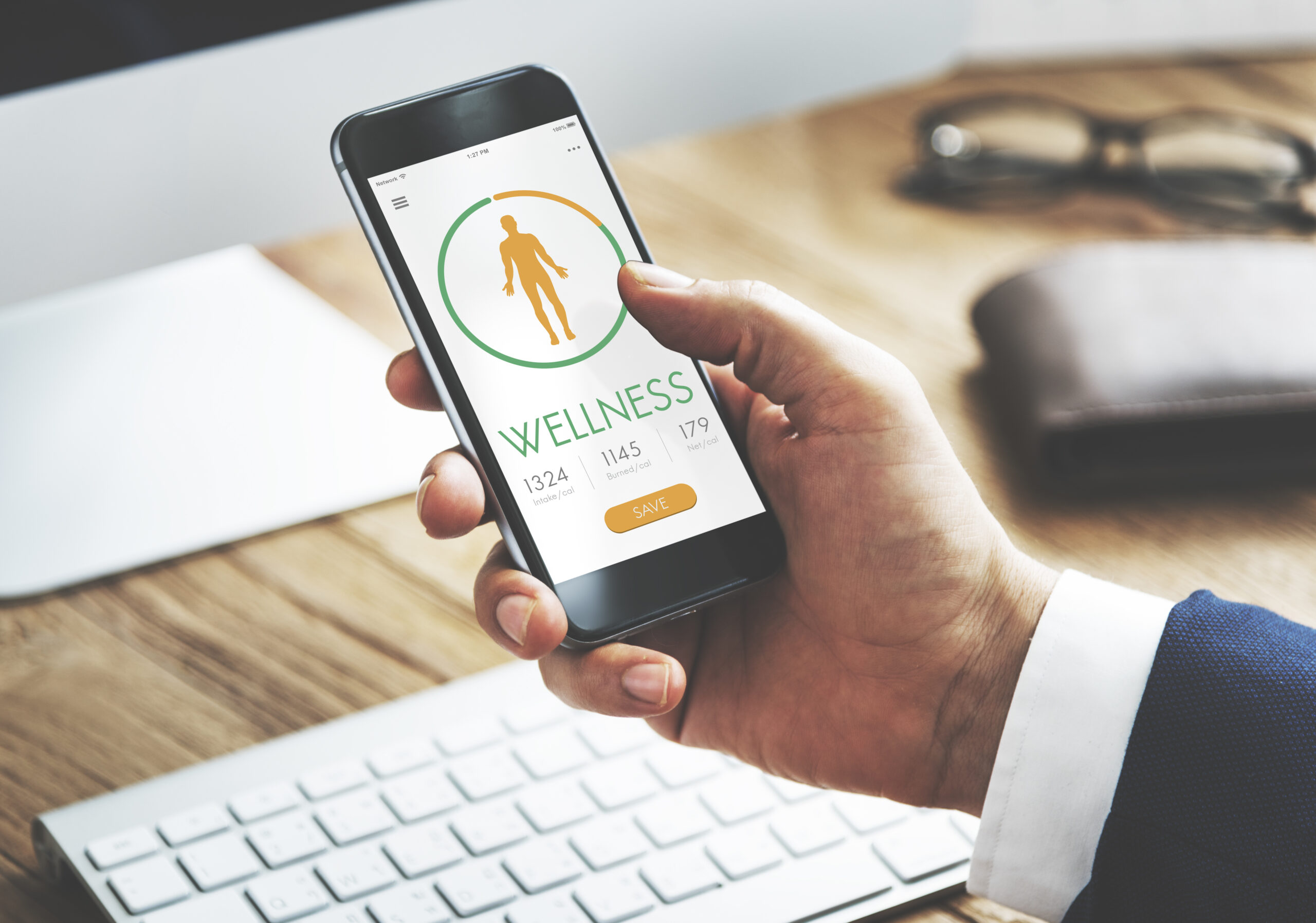
KEY STEPS OF WELLNESS APP DEVELOPMENT
To help you on the long and curvy road to wellness application development, we’ve described the process step by step.
1.
STEP 1: ELABORATE AN APP IDEA
First and foremost, you should create the initial concept of your mobile wellness app. To make sure your idea will stand out, conduct comprehensive market research including the top competitors in your niche as well as future tech trends in the health and fitness industry.
Also, conquer the market by exceeding user expectations. Perform user research that includes surveys, interviews, and usability testing to create user personas. This will help you understand real user needs, pain points, preferences, behaviors, and motivations — to further drive tangible value through the MVP of your wellness app. Creating a minimum viable product (MVP) should include:
- core functionality to meet the primary user needs
- detailed specifications for each feature
- feature prioritization based on user and market demands
- wireframing / prototyping to visualize the app flow
As a result, you’ll have a functional version of the solution that you can test with real users to collect feedback for future iterations.
2.
STEP 2: FOCUS ON APP SECURITY
As your wellness app contains personal information, security and data privacy is what should drive the overall development. Use a security-first approach by implementing robust data encryption (including AES, TLS, and RSA), two-factor authentication (SMS or email codes, time-based one-time passwords), role-based access control, audit trails, and regular security assessments.
Another security must-have is ensuring the compliance with the following regulations:
- The Food and Drug Administration (FDA) and its Quality System Regulations (QSR) will help you ensure the security of your app, including proper labeling and post-market surveillance.
- The EU’s General Data Protection Regulation (GDPR) compliance means your app should obtain explicit consent from users to collect their personal data, as well as give them the right to access, rectify, erase, or restrict their personal information processing. Moreover, you should ensure lawful data processing, transparency, data minimization, accuracy, and integrity.
- If your wellness app is designed to handle personal health information, you should ensure the US’ Health Insurance Portability and Accountability Act (HIPAA) compliance. This presupposes obtaining user consent for data collection, implementing robust safeguards for PHI, and establishing protocols for data breach notifications.
3.
STEP 3: FORM A DEVELOPMENT TEAM
At this stage, you can choose between the two options:
- In-house team creation presupposes more control and team alignment, but this approach is more costly because you’ll have to perform staffing (looking for potential candidates, conducting interviews, etc.) on your own. Other possible risks include skill gaps and longer setup time.
- With outsourcing, you get a well-coordinated team who is ready to work according to the primarily assigned roles. Among the advantages of choosing this approach is more efficiency due to reduced overhead, adjustable resources for changing project needs, and deep knowledge of the health and fitness domain. However, when choosing the outsourcing company, consider factors such as transparency, communication, reputation, and security.
4.
STEP 4: CREATE SEAMLESS UI/UX DESIGNS
The information obtained during the MVP creation step will help you build a user-friendly and engaging wellness app.
Use clear and logical navigation, straightforward menus, concise language, well-organized layouts, and visual aids. Make sure your app is accessible to users with disabilities by following the Web Content Accessibility Guidelines (WCAG) guidelines. Another key aspect is responsive design. Your wellness app should perform well on various devices and screen sizes, enabling seamless user experiences.
5.
STEP 5: CHOOSE THE RIGHT TECHNOLOGY STACK
First, decide whether your mobile app will be native (iOS/Android) or cross-platform (React Native, Flutter). The choice will depend on your technical and business requirements, detailed recommendations can be found in this blog post.
When choosing the backend technology, prioritize factors such as scalability and performance. For example, Java is ideal for creating robust cross-platform apps. C# will be great for handling a large number of concurrent users and tasks, which is key at the time you decide to expand your app to new markets.
6.
STEP 6: DEVELOP CORE FEATURES AND INTEGRATIONS
After you’ve chosen the technology stack, proceed to building the key functionality of your wellness app. This will include creating easy-to-customize user profiles, advanced tracking (activities, nutrition, sleep, physical health, etc.), notifications and reminders, content library with text and video wellness resources, community features, goal setting, and progress monitoring.
Also, at this stage, implement smooth and secure integrations with fitness trackers and smartwatches through the corresponding APIs (Fitbit SDK, Apple HealthKit, Google Fit, etc.). To consolidate all the data and make it up to date and consistent across different devices, use data synching mechanisms such as RESTful APIs, WebSockets, Firebase Realtime Database, Change Data Capture, Batch Processing, as well as Peer-to-Peer and Scheduled Syncs.
Monetization — the way you’ll get profit from your solution — is another key aspect to consider at this phase. In-app advertising (banner, native, video ads, etc.), paid subscriptions, affiliate marketing, paid app models, crowdfunding, e-commerce integrations, sponsorships — choose the best option for your specific business needs.
7.
STEP 7: TEST THE APP
Before your wellness app enters the market, you should make sure it corresponds to the highest standards in terms of usability, performance, and security. Depending on whether you build a native or cross-platform solution, use the corresponding strategy and testing tools.
You’ll need automated testing for repetitive tasks like handling large data volumes; manual testing will be suitable for scenarios such as assessing user experience. As for testing types, you’ll certainly need the following ones:
- Unit testing examines specific features and parts of the app to detect issues early in the code before they become more complicated.
- UI tests are needed to make sure the solution operates as intended across iOS and Android environments. They usually include functional, usability, performance, compatibility, visual regression, cross-browser, responsive, and accessibility testing.
- Integration testing verifies the interaction between separate software units or modules to identify issues related to data flow, communication, and interface compatibility. Among the examples is API, database, and microservices integration testing.
- End-to-end (E2E) testing checks the solution’s workflow and behaviors from start to finish — against consumer expectations. At this stage, you’ll need to perform functional, integration, regression, and performance end-to-end testing, as well as user acceptance testing (UAT).
- Security testing detects possible app vulnerabilities, which is essential for ensuring user data protection and safety. Vulnerability scanning, penetration testing, security audit, risk assessment, compliance testing — these are testing types for checking your wellness mobile app.
LOOKING FOR AN APP DEVELOPMENT TEAM?
8.
STEP 8: LAUNCH THE APP
To successfully introduce your solution to the market, choose a strategic launch date, considering factors such as competition, market conditions, and user engagement patterns. Submit the app to major stores like Apple App Store and Google Play, while using App Store Optimization (ASO). Such optimization means leveraging relevant keywords, catchy descriptions, and appealing screenshots.
9.
STEP 9: ENSURE POST-LAUNCH SUPPORT
Successful app launch is half the battle. To ensure great user experiences, continuously monitor app performance and security and promptly resolve issues. Introduce a client support system, where app users can get real-time support and access FAQs.
Implement advanced analytics tools for tracking user engagement, download stats, app abandonments, and other KPIs. Actively seek user feedback and analyze reviews to continuously improve your wellness solution.
WELLNESS APPLICATION DEVELOPMENT: TECHNOLOGIES AND TOOLS TO USE
To help you successfully perform all the above-mentioned steps, we’ve prepared a guide on what tech tools it’s better to use.
1.
MOBILE DEVELOPMENT FRAMEWORKS
The choice of the mobile development framework depends on whether you choose to build native or cross-platform wellness solutions. Your business and tech needs will guide your choice. For example, for outstanding app performance and catchy visuals select the native approach. If your focus is fast deployment across broader audiences (while having limited budget), opt for cross-platform development.
As for particular frameworks, here are our recommendations for native development:
- Swift is ideal for iOS development due to its modern syntax, performance efficiency, rock-solid safety features, and memory management tools. It’s officially supported by Apple, which ensures a cohesive development ecosystem and easy ongoing updates. SwiftUI offers a declarative framework to build responsive, dynamic UI with minimal code, enabling real-time previews and easier maintenance.
- Kotlin with its concise and expressive syntax is suitable for Android native development. It offers strong type and null safety, minimizing runtime crashes. Kotlin is also fully interoperable with Java (and its libraries) and has robust Google community support.
For cross-platform development use the following techs:
- React Native offers a vast community and various libraries/components, ensuring the creation of complex UIs and providing an app’s near-native look and performance (both iOS and Android).
- Underpinned by a variety of pre-designed widgets, Flutter is ideal for building visually attractive apps that perform great across platforms.
Read this blog post for a more detailed comparison of these mobile frameworks.
2.
THIRD-PARTY INTEGRATIONS
If you want your wellness app capture more attention among users, reinforce it with third-party integrated features:
- Fitness trackers and smartwatches. Consolidate dispatched health data by pairing up your wellness app with Apple Watch, Google Fit, Samsung Watch, WHOOP, Fitbit, etc. — through the corresponding APIs and SDKs.
- Messaging services. Ensure timely reminders about workouts or wellness tips through in-app notifications, SMS, or messaging apps (WhatsApp, Facebook Messenger, etc.).
- Calendars. The connection with users’ personal calendars such as Apple Calendar, Samsung Calendar, Google Calendar, iCal, Trello, and Outlook will ensure smooth workout and meditation scheduling.
- Analytics platforms. To enable utmost monitoring, analytics, and reporting features, consider integration with one of the best analytics platforms: Google Analytics, Firebase Analytics, Tableau, or Mixpanel.
- Payments. To ensure smooth and secure payments for premium content, integrate your wellness app with key payment gateways such as Stripe, PayPal, and Braintree. At this stage, pay particular attention to security and ensure PCI-compliance.
- Streaming services. If you plan to enhance your wellness app with video streaming functionality for featuring live workshops and workout sessions, consider integrations with platforms like Zoom, Vimeo, or YouTube.
3.
BACKEND AND CLOUD SERVICES
To ensure great app scalability, performance, data management, and integrations, we recommend using the following techs:
- Google Cloud Platform (GCP) offers flexible scaling options for growing its user base without performance degradation. The platform’s ML and AI tools will help implement personalized features in your wellness app.
- Amazon Web Services (AWS) is ideal for scaling your resources up and down depending on user traffic. And its comprehensive suite of services — compute power (EC2), storage solutions (S3), databases (RDS, DynamoDB), and machine learning (SageMaker) — will fit each specific component of your app.
- Azure will ensure seamless app scalizg during peaks, enhance your storage options (Azure Blob Storage for unstructured data and Azure Cosmos DB for globally distributed databases), and ease integration with Microsoft services and APIs.
If you’re new to the cloud, Azure and GCP will be a greater fit due to their friendlier interfaces — as opposed to AWS that has a big amount of services. If you actively leverage Microsoft tools in your business, a better match will be Azure.
In this blog post, you can find more details on what service to choose depending on your needs.
WELLNESS APP COST: KEY ESTIMATIONS
The cost to build a wellness app varies, and there’s a number of factors affecting the final sum:
- Complexity. Custom designs with accessibility in mind require more time and expertise, which raises the development cost as compared to leveraging off-the-shelf templates. The final check might also be influenced by the choice of the tech stack (programming languages, frameworks, APIs) and third-party integrations.
- Features. The development of more generic features like workout management or social community will be less expensive than engineering advanced functionality such as videoconferencing of live seminars or AI-fueled data analytics.
- Platformity is another aspect that might affect the wellness app cost. Cross-platform software development presupposes cost-effectiveness and faster time to market, meanwhile native app development is preferable in terms of security, hardware incorporation, execution, and customization. As a third option consider the hybrid approach, i.e. use native app techniques for building key functionality and cross-platform techs for other aspects.
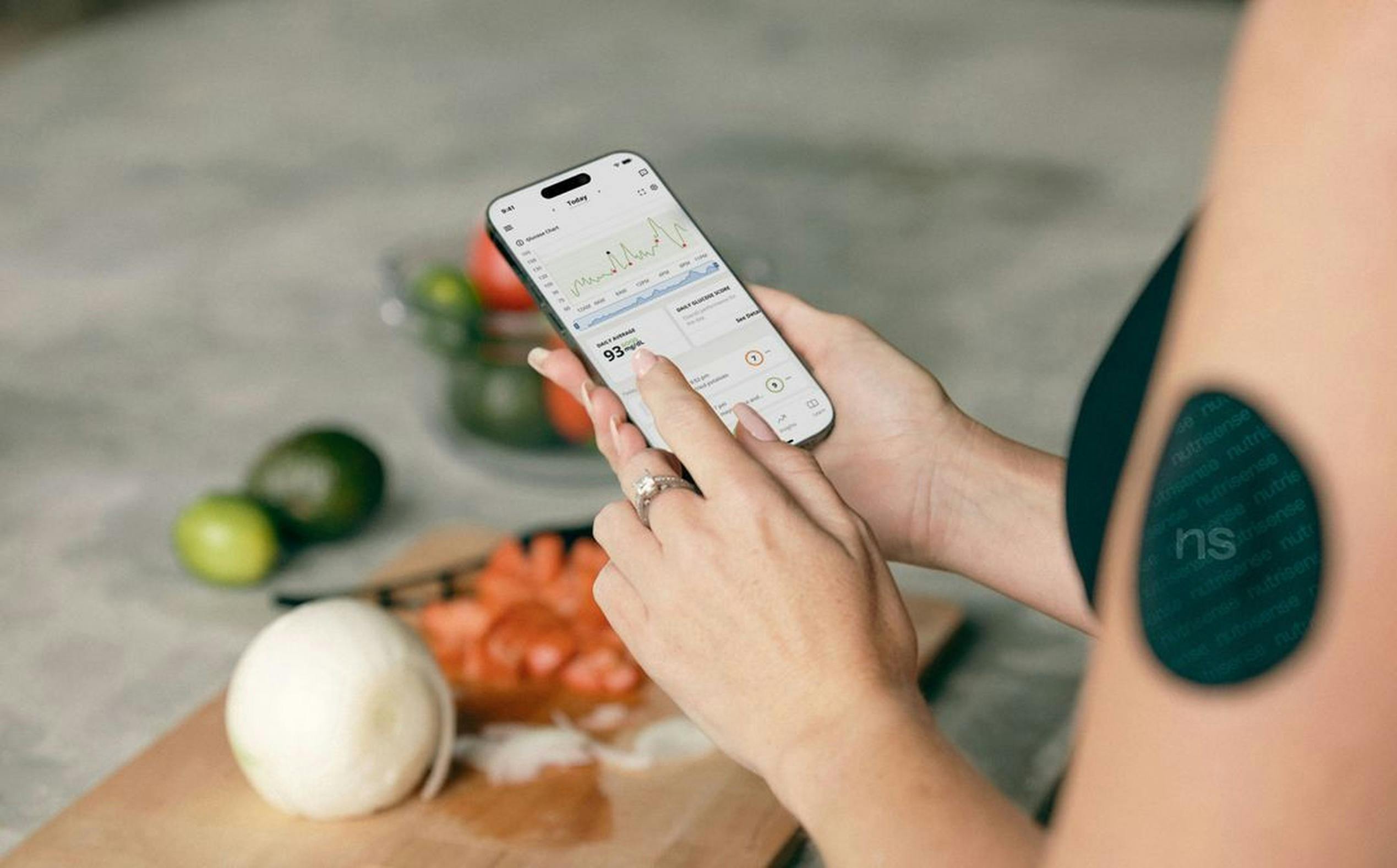
WELLNESS APP DEVELOPMENT: SUCCESS STORIES
At Touchlane, we have multi-year mobile development expertise and deep knowledge in health and fitness to empower startups and SMBs reach their specific business goals.
ELO HEALTH
Touchlane’s dedicated team helped the client to build an AI-powered wellness app set to enhance personal health. The solution is HIPAA-compliant, i.e. user data is fully protected and privacy is guaranteed.
We used our extensive AI expertise to analyze 3,000 peer-reviewed studies and deliver rich functionality such as:
- Accurate tracking of health metrics (activity levels, nutrition, mental wellness)
- Comprehensive health assessment based on the data logged by users
- Personalized reports with health recommendations
- Tailored goal setting and progress monitoring
The app also offers interactive forums for sharing achievements and motivation, as well as an extensive library of educational resources.
Successfully released for the iOS platform, the Elo Health app notably improved the health of people at the age of 50+, and our team continues incorporating feedback from user testing to improve functionality and usability in updated app versions.
RACEFULLY
The client hired our iOS team to build a custom social fitness tracker supporting advanced functions around running activities, including automatic running scheduling, the creation of running communities, and fitness statistics.
The app smoothly integrates with multiple third-party systems, allowing for:
- Live running synchronization (Google Firebase)
- Secure user authorization (Amazon Cognito)
- Live chatting (QuickBlox)
- Fitness activities exchange (Apple Health)
- Social communities (Amazon DynamoDB)
Touchlane also developed a sophisticated mechanism for monitoring tracking sport activities and performing non-trivial calculations:
- Running auto-pause through the analysis of accelerometer data
- Intensity and calories counting
- Automated detection of individual slopes for downhill skiing and snowboarding
Available on the Apple Store, Racefully helps people around the world in their sports routine. Its advanced social functionality allowing to share experiences and results with friends enables the strike of motivation and in turn more active app uses.
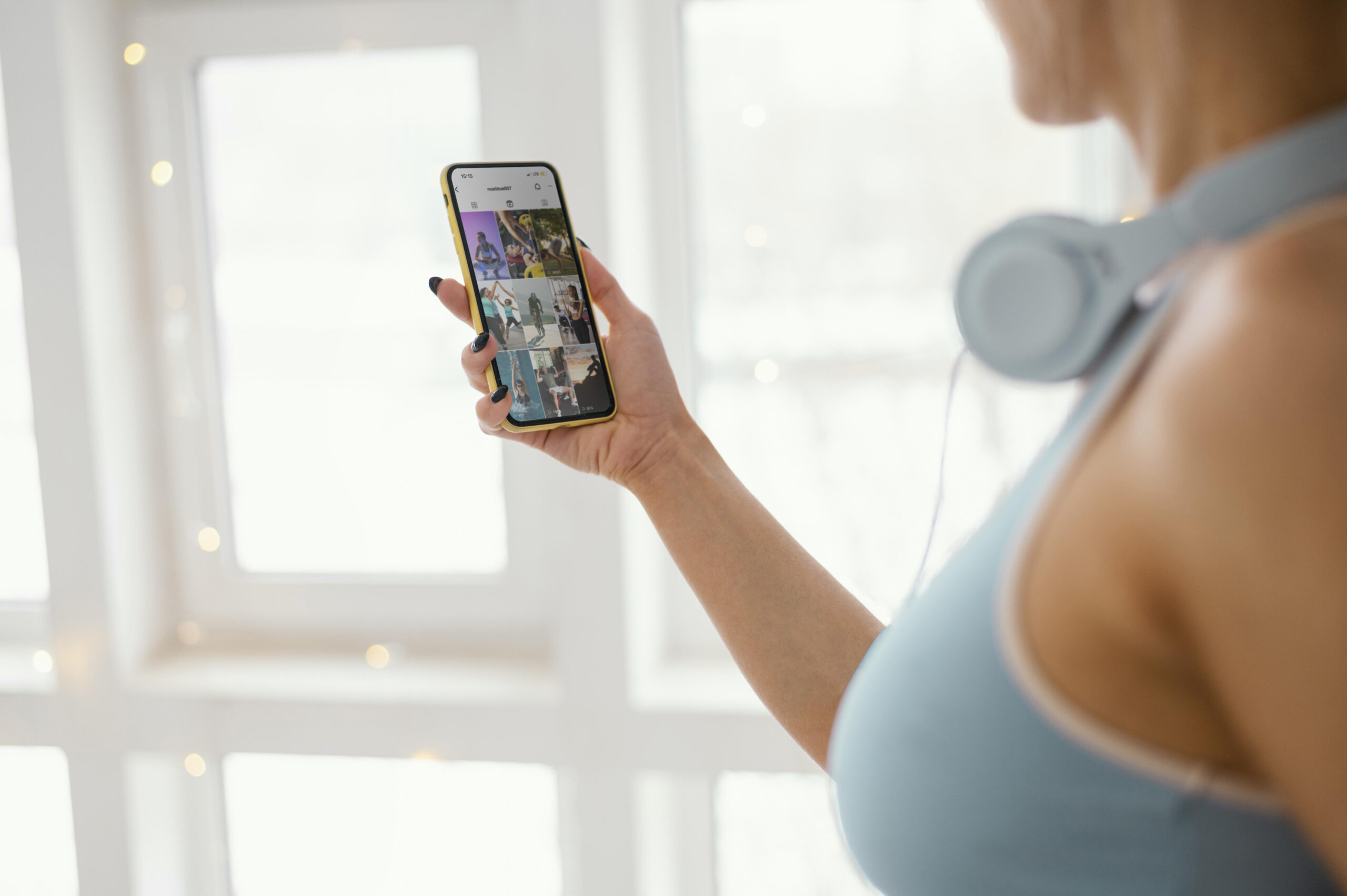
INNOVATIVE TRENDS IN WELLNESS APP DEVELOPMENT
Conquering the wellness app market is never easy, so consider leveraging these innovative trends to stand out.
1.
ARTIFICIAL INTELLIGENCE
Make AI an indispensable part of your app development to introduce trailblazing functionality:
- AI-driven coaching presupposes a much deeper analysis, including genetic analysis. Namely, users submit DNA samples to understand fitness-related genetic markers to accordingly customize nutrition and workout plans.
- Chatbots will provide real-time answers to hot questions and immediate suggestions/adjustments based on user progress.
- Predictive analytics tools are set to anticipate potential health issues and enable proactive interventions, underpinned by the results of uninterrupted monitoring of user data.
2.
AR AND VR
Augmented and virtual reality is able to bring your wellness app to the new level through:
- Interactive training. By overlaying digital information onto the real world, AR can empower users to visualize workouts, nutrition labels, or mindfulness practices. It can be, for example, a virtual personal coach showing exercises.
- Virtual classes will help users emerge into a tranquil environment for meditation, relaxation, or guided workouts, boosting engagement and motivation.
CONCLUSION
We’ve given you a detailed guide on how to create impactful wellness apps that ensure great user experiences and bring tangible business value. So if you want to come up with a non-trivial solution, mindfully follow all the steps and stick to all the development considerations in terms of usability, security, performance, and compliance.
To succeed, you will certainly need help from an experienced wellness app development provider like Touchlane that will guide you at every step of the development process — from MVP creation to maintenance and post-launch support.
FAQ
1. WHAT ARE KEY FEATURES OF A WELLNESS APP?
The functionality of wellness apps varies according to your business goals. Among must-have features is activity monitoring, workout planning, timely notifications, and reporting. Among nice-to-have features are personalized recommendations, mood tracking, and social community.
2. HOW LONG WILL IT TAKE TO BUILD A WELLNESS APP?
The time to engineer a wellness solution depends on the app type, functionality, and regulatory compliance. It’s usually about 4-12 months.
3. WHAT ARE THE BENEFITS OF WELLNESS APPS?
Among the key benefits for business is great market demand, brand development, and diverse monetization options (subscriptions, in-app purchases, partnerships, and affiliate marketing). As for users, they get enhanced personal health management, motivation and support from the community, and wellness education.
RELATED SERVICES
CUSTOM MOBILE APP DEVELOPMENT
If you have an idea for a product along with put-together business requirements, and you want your time-to-market to be as short as possible without cutting any corners on quality, Touchlane can become your all-in-one technology partner, putting together a cross-functional team and carrying a project all the way to its successful launch into the digital reality.
If you have an idea for a product along with put-together business requirements, and you want your time-to-market to be as short as possible without cutting any corners on quality, Touchlane can become your all-in-one technology partner, putting together a cross-functional team and carrying a project all the way to its successful launch into the digital reality.
We Cover
- Design
- Development
- Testing
- Maintenance
